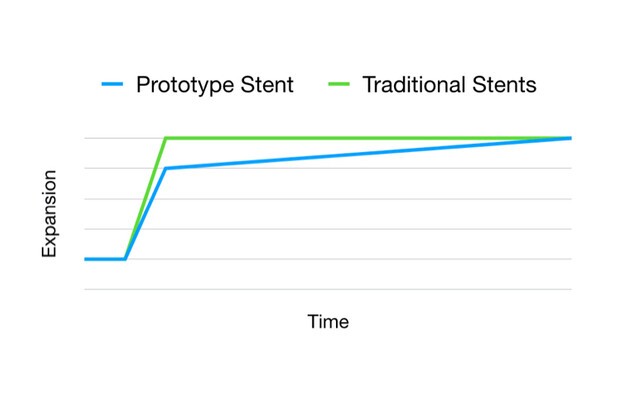The BYU Applied Biomechanics Engineering Lab is reinventing how the world’s most deadly disease is treated.

Coronary Artery Disease is the leading cause of death in the world. Millions of people are affected each year with this disease that restricts blood flow by narrowing or blocking coronary arteries. This occurs because plaque builds up on the inner walls of the arteries, but luckily there are ways to open back up these clogged blood vessels.
One of the most common treatments is called Percutaneous Coronary Intervention which involves inserting a stent (A small tube) that expands in the blood vessel to open back up that passageway.

This has proven to be an effective way to increase blood flow, but the rapid expansion of the stent when it is inserted often causes injury and subsequent swelling, referred to in medical terminology as intimal hyperplasia, in the artery. This swelling once again narrows the blood vessel (restenosis), negating the treatment. That is why the BYU Applied Biomechanics Engineering Laboratory, directed by Dr. Anton Bowden, is designing a better solution.
Their design looks very similar to traditional stents but with one clear difference, it expands slowly within the artery. Bioresorbable plastic is used to keep the stent compressed until it gradually dissolves, freeing the stent to expand. The idea is that removing rapid expansion from the treatment will greatly reduce swelling and damage to the blood vessels and reduce the need for additional surgeries.

To test the prototype, the research team comprised of graduate student Dillon Despain, and undergraduate students Jemi One, Diego Silva, and Allison Larsen, designed a flow cell system to replicate the flow of blood from the heart. The testing showed that the new stent expanded to 80% immediately, then gradually expanded to its full size over several hours of testing.

The project received research funding from Merit Medical and has resulted in a pending patent. The technology is available for licensing through the university Technology Transfer Office (techtransfer.byu.edu).